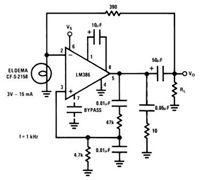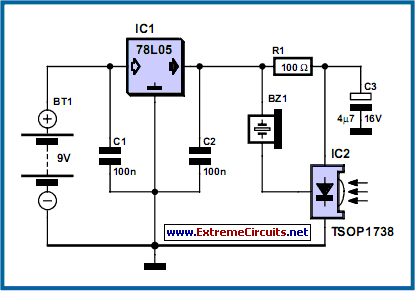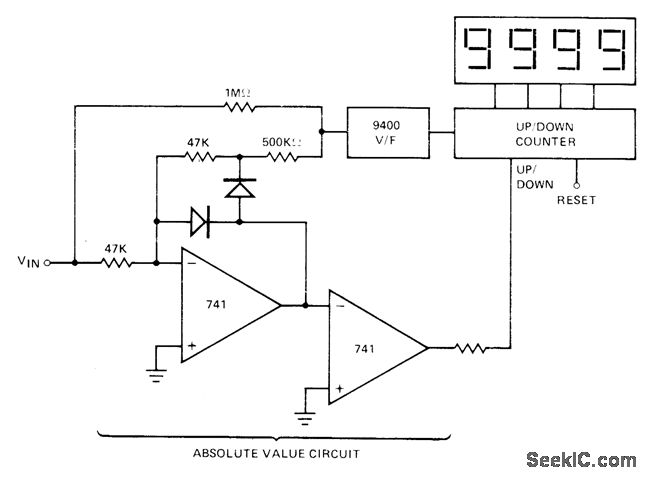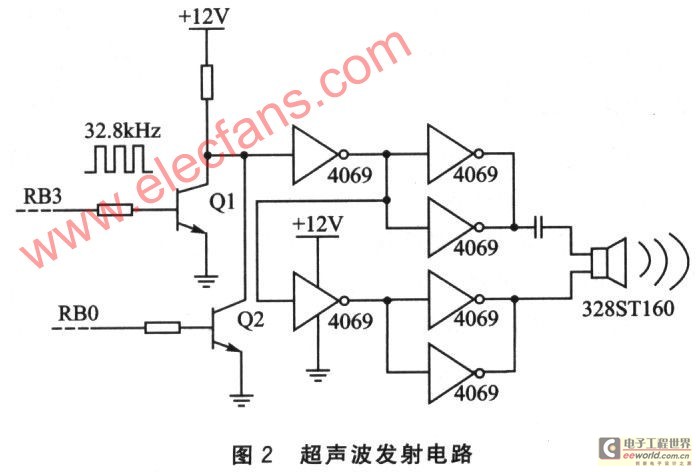
Computer Data Cable Tester
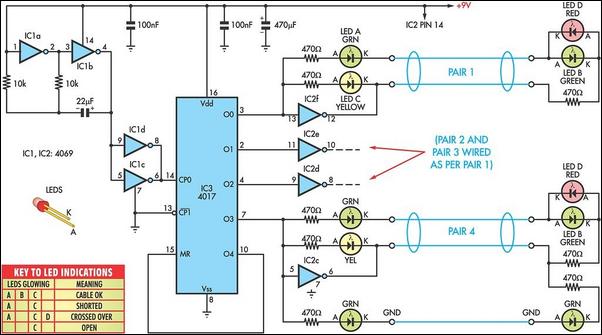
You do not need access to advanced testing equipment to check and troubleshoot computer data cables. Instead, this simple device will provide a quick indication of the status.
This device functions as a basic cable tester, designed to assess the integrity and functionality of computer data cables, such as Ethernet or USB. It typically consists of two main components: a transmitter and a receiver. The transmitter is connected to one end of the cable, while the receiver connects to the opposite end.
Upon activation, the transmitter sends a series of electrical signals through the cable. These signals can take the form of pulses or specific patterns, which the receiver then interprets. The device is capable of identifying several potential issues, including open circuits, short circuits, and miswired connections.
Indicators such as LEDs or a simple display may be used to convey the results of the test. For instance, a green light may indicate a successful connection, while a red light could signify a fault. This straightforward approach allows users to quickly determine whether a cable is functioning correctly, making it an invaluable tool for both professionals and hobbyists in the field of electronics.
In addition to basic testing capabilities, some advanced models may include features such as cable length measurement, signal quality analysis, and compatibility checks with various cable standards. This versatility enhances the utility of the device, allowing for more comprehensive diagnostics and maintenance of computer networks.
Overall, this cable testing device serves as an essential tool for ensuring reliable data transmission in computer systems, facilitating efficient troubleshooting and minimizing downtime.You don t need access to fancy test gear to check and fault-find computer data cables. Instead, this simple device will give a quick indication of the sta.. 🔗 External reference
This device functions as a basic cable tester, designed to assess the integrity and functionality of computer data cables, such as Ethernet or USB. It typically consists of two main components: a transmitter and a receiver. The transmitter is connected to one end of the cable, while the receiver connects to the opposite end.
Upon activation, the transmitter sends a series of electrical signals through the cable. These signals can take the form of pulses or specific patterns, which the receiver then interprets. The device is capable of identifying several potential issues, including open circuits, short circuits, and miswired connections.
Indicators such as LEDs or a simple display may be used to convey the results of the test. For instance, a green light may indicate a successful connection, while a red light could signify a fault. This straightforward approach allows users to quickly determine whether a cable is functioning correctly, making it an invaluable tool for both professionals and hobbyists in the field of electronics.
In addition to basic testing capabilities, some advanced models may include features such as cable length measurement, signal quality analysis, and compatibility checks with various cable standards. This versatility enhances the utility of the device, allowing for more comprehensive diagnostics and maintenance of computer networks.
Overall, this cable testing device serves as an essential tool for ensuring reliable data transmission in computer systems, facilitating efficient troubleshooting and minimizing downtime.You don t need access to fancy test gear to check and fault-find computer data cables. Instead, this simple device will give a quick indication of the sta.. 🔗 External reference
